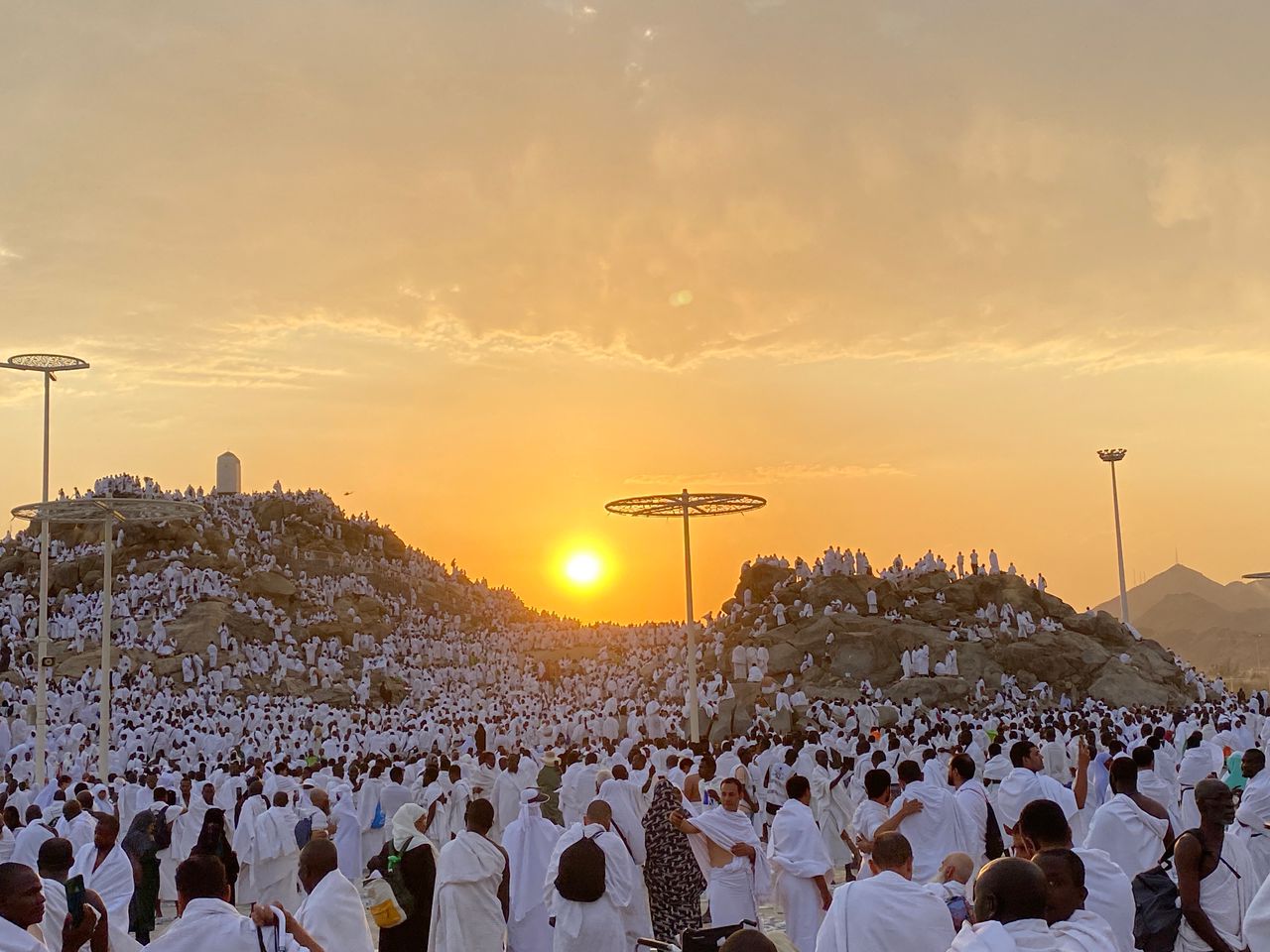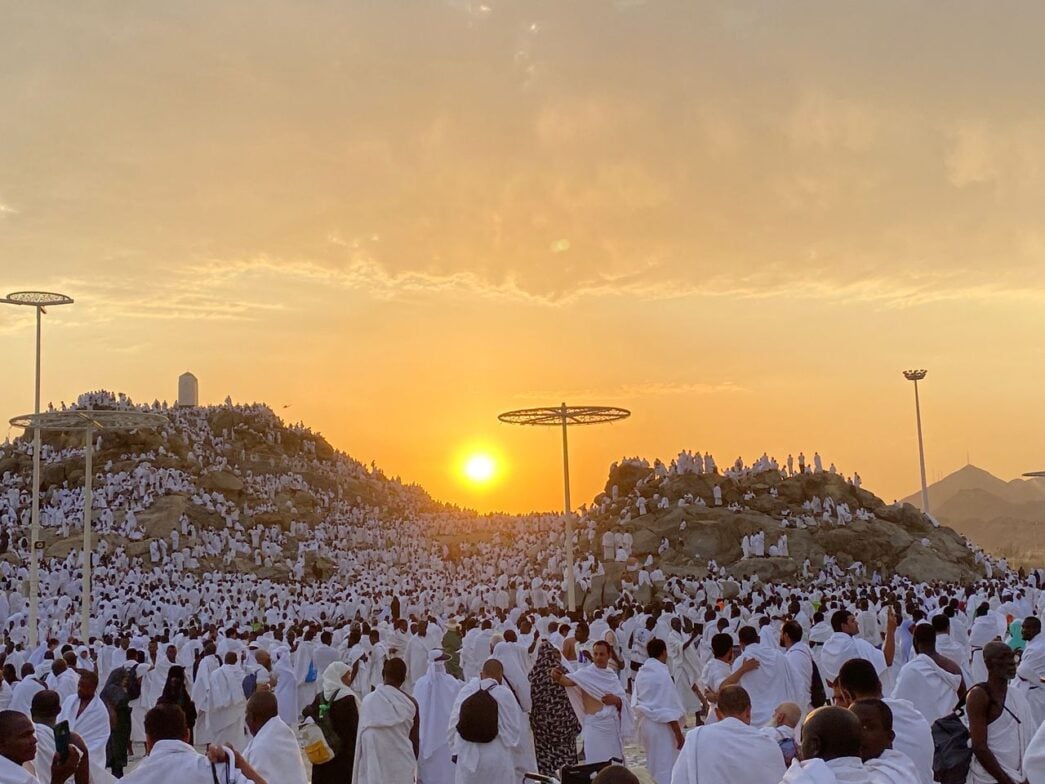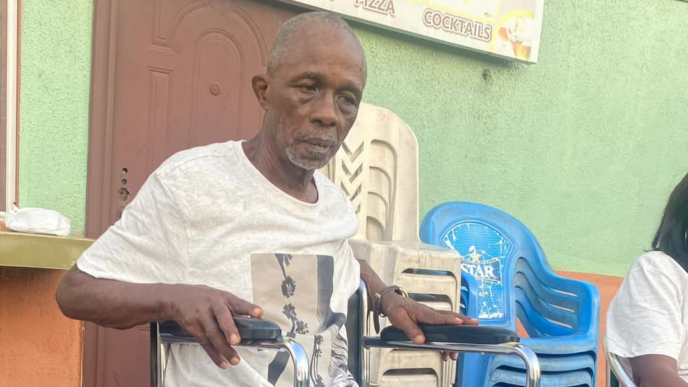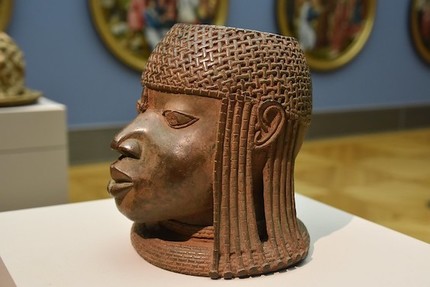The annual pilgrimage to Makkah, known as Hajj, remains one of the most powerful expressions of global Islamic unity.
Scheduled this year between June 4 and 9, during Dhul-Hijjah — the 12th and final month of the Islamic lunar calendar — the 2025 pilgrimage has drawn nearly two million Muslims from across continents, cultures, and generations. All are united in a sacred journey to fulfil a religious obligation that, for many, represents the spiritual pinnacle of their lives.
Yet even as Hajj offers profound moments of devotion and reflection, it is also a test of physical endurance. Pilgrims must navigate long hours on foot, unpredictable weather conditions, and dense, high-pressure environments where coordination is critical and the margin for error is slim.
According to Saudi authorities, 1,301 pilgrims died during last year’s Hajj, with over 108 million people in attendance — most from heat-related complications and exhaustion due to prolonged exposure and movement under severe conditions.
Advertisement
Among all the sacred stations of Hajj, none is more spiritually charged or physically demanding than the day of Arafat. Without question, it is the pinnacle of the pilgrimage: the moment that defines the journey.
Millions gather on a single plain, raising their hands and opening their hearts in collective supplication. But beyond its spiritual weight, Arafat can be emotionally intense and potentially dangerous if not navigated carefully.
Staying safe at Arafat requires intentional preparation, emotional discipline, and an understanding that spiritual consciousness does not exclude physical awareness. Below is an experiential guide for pilgrims, especially first-timers, that balances the solemnity of the day with practical steps to safeguard your well-being.
Advertisement
ARRIVE EARLY AND ORIENT YOURSELF IMMEDIATELY
As soon as your group arrives, prioritise understanding your surroundings. Identify your sector, tent number, and the locations of emergency points, signage, and rest areas. Don’t assume you’ll “figure it out later” because Arafat becomes disoriented as the crowd swells. Early orientation allows you to settle in, rest, and focus before the core worship period begins.
ALWAYS PRIORITISE SHADE AND SHELTER
The Saudi sun is unforgiving, especially on Arafat. Whether you’re inside your tent or briefly outside, avoid direct exposure. Wear a wide-brimmed hat or umbrella, and be mindful of early afternoon hours. Heatstroke is one of the most common emergencies on this day. As such, protecting yourself from the sun is not optional.
Advertisement
HYDRATION MUST BE INTENTIONAL AND FREQUENT
Drink water regularly, even if you don’t feel thirsty. In desert climates, dehydration creeps up subtly but dangerously. Carry a refillable water bottle and sip throughout the day. If available, use oral rehydration salts or electrolyte tablets. Avoid carbonated and sugary drinks as they provide short-term relief but accelerate dehydration in the long run.
REMAIN PHYSICALLY CONSERVATIVE IN YOUR MOVEMENTS
The urge to explore the plain or climb Jabal al-Rahmah (Mount of Mercy) is understandable, especially for first-timers. But it’s safer to refrain unless you are physically fit, well-hydrated, and accompanied by your group leader. The mountain becomes overcrowded quickly, and the climb, though not steep, can be risky in the heat. Remember: your du’a is valid wherever you stand in Arafat.
Advertisement
STAY WITHIN YOUR GROUP AND COMMUNICATE CLEARLY
Never venture off alone. Arafat is vast, with similar-looking tents and sectors that can easily disorient even seasoned pilgrims. Keep your ID tags visible and your phone fully charged. Save key numbers: your group coordinator, medical officer, and the Nigerian Hajj Mission emergency line. If your group uses WhatsApp or similar platforms, ensure you’re connected in advance.
Advertisement
MINIMISE EXPOSURE TO COMMUNAL FACILITIES
While Saudi authorities provide extensive sanitation, communal restrooms and ablution points often get overwhelmed. Use them strategically during off-peak hours such as between prayers and carry personal hygiene supplies: tissue, hand sanitiser, and disinfectant wipes. A small first-aid pouch with plasters, antiseptic cream, and painkillers is highly recommended.
Advertisement
IDENTIFY MEDICAL RESOURCES IN ADVANCE
Every Nigerian state delegation travels with medical teams, and emergency tents are stationed throughout Arafat. Before rituals begin, locate the nearest medical point. Don’t ignore early signs of illness such dizziness, nausea, fatigue as timely action can prevent a serious emergency.
Advertisement
CONSERVE ENERGY FOR THE CORE HOURS
The most spiritually charged window is between Dhuhr and Maghrib. These are the hours for deep supplication, reflection, and standing before your Lord. Conserve your strength for this period. Rest in the morning, stay hydrated, and prepare your heart and mind.
BE MENTALLY PREPARED FOR EMOTIONAL OVERWHELM
You may feel an unexpected emotional wave — tears, trembling, even temporary disorientation. This is normal. Anchor yourself in the knowledge that you’ve reached Arafat by divine mercy and that tending to your safety is a form of worship in itself. Sit when overwhelmed. Rest when needed. Worship with presence, not pressure.
REMEMBER: SAFETY ENHANCES, NOT REDUCES, SPIRITUALITY
There is no nobility in neglecting your health for the sake of devotion. Islam teaches balance, moderation, and compassion toward others and, importantly, toward yourself. Taking conscious steps to care for your body and mind on the Day of Arafat makes room for deeper, more focused worship.
TheCable urges all pilgrims to take every safety measure seriously. Your life, your worship, and your journey to forgiveness deserve nothing less.











